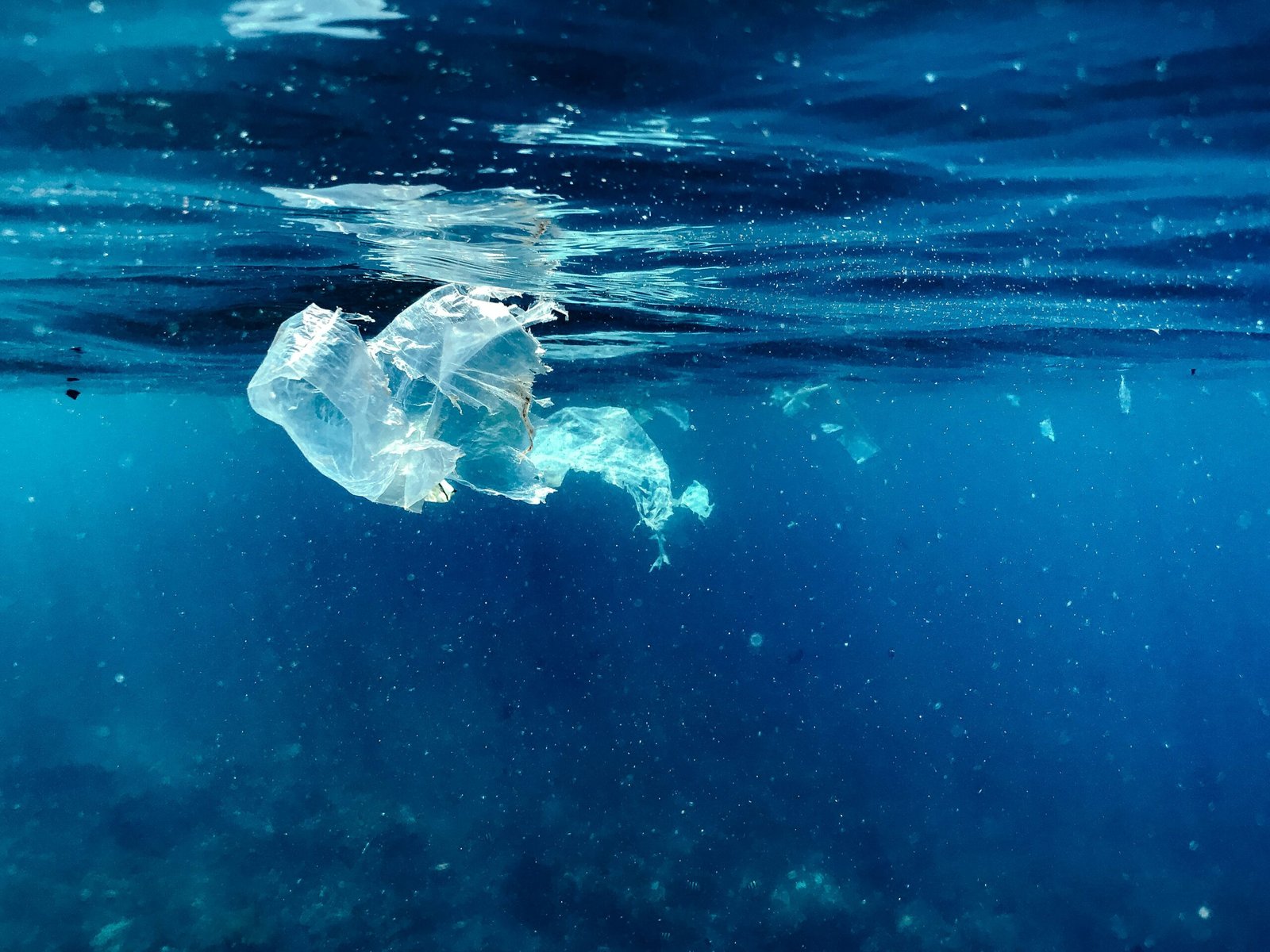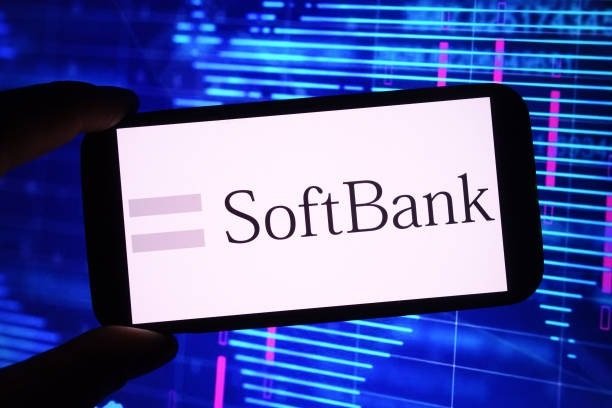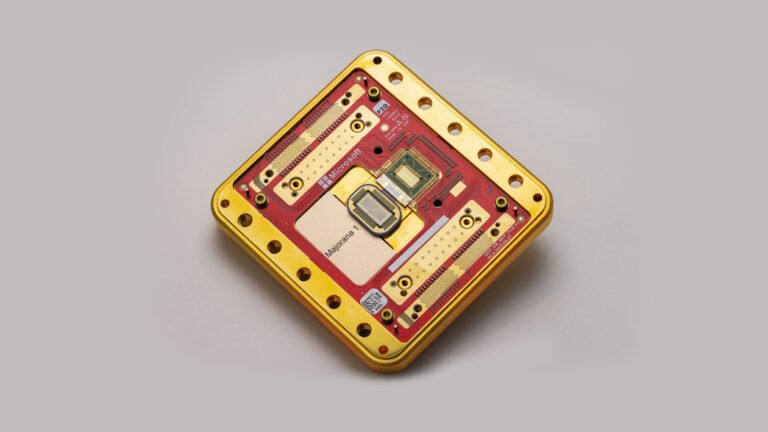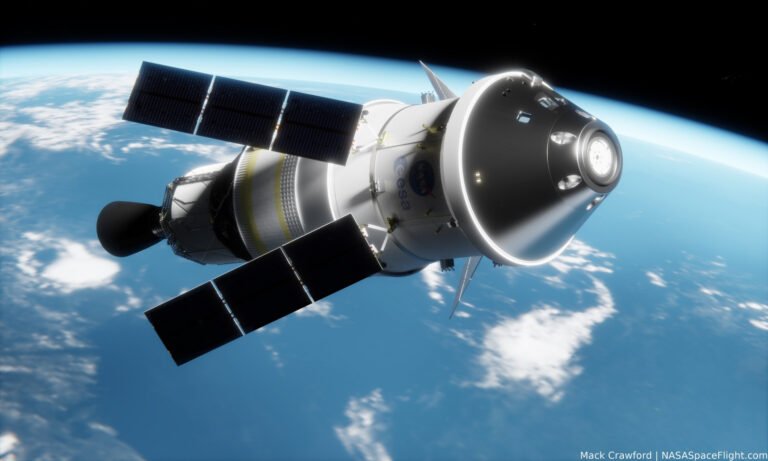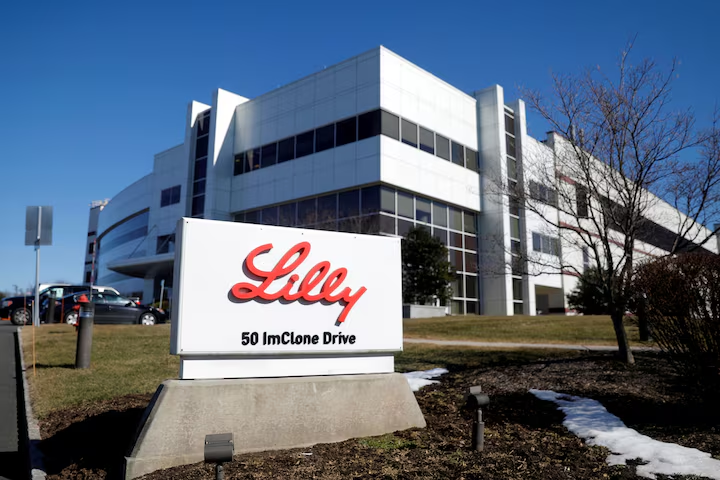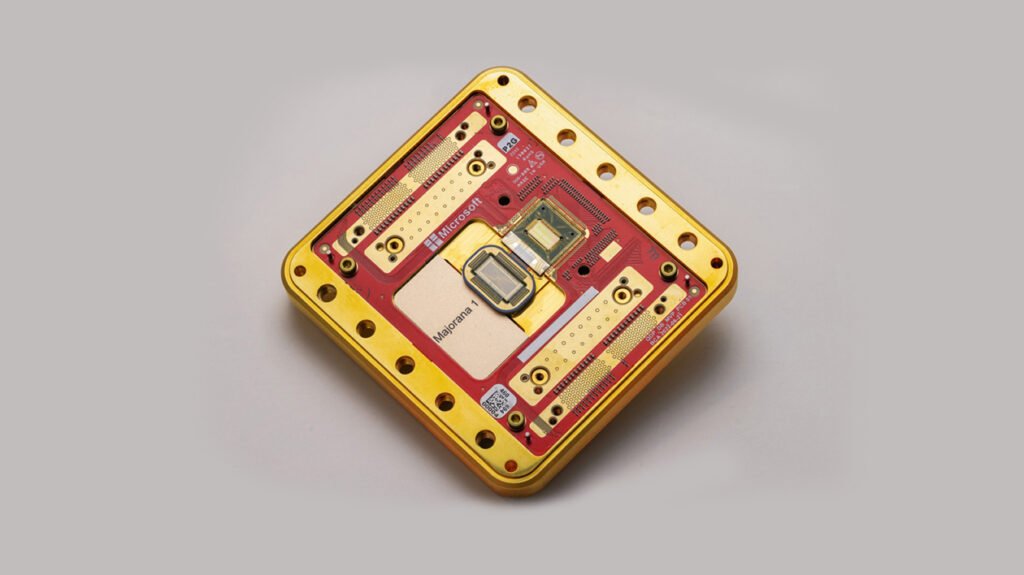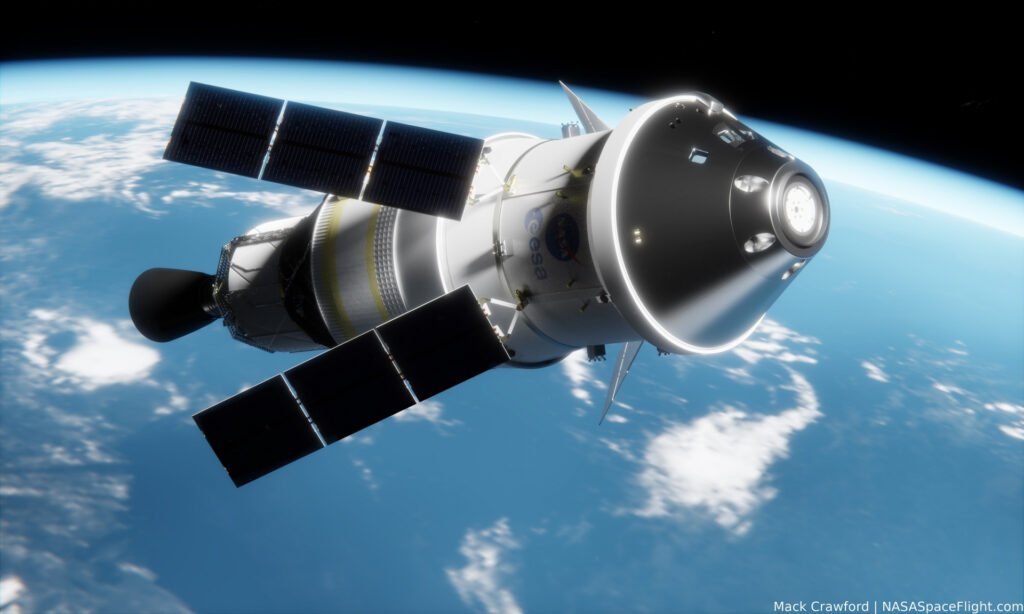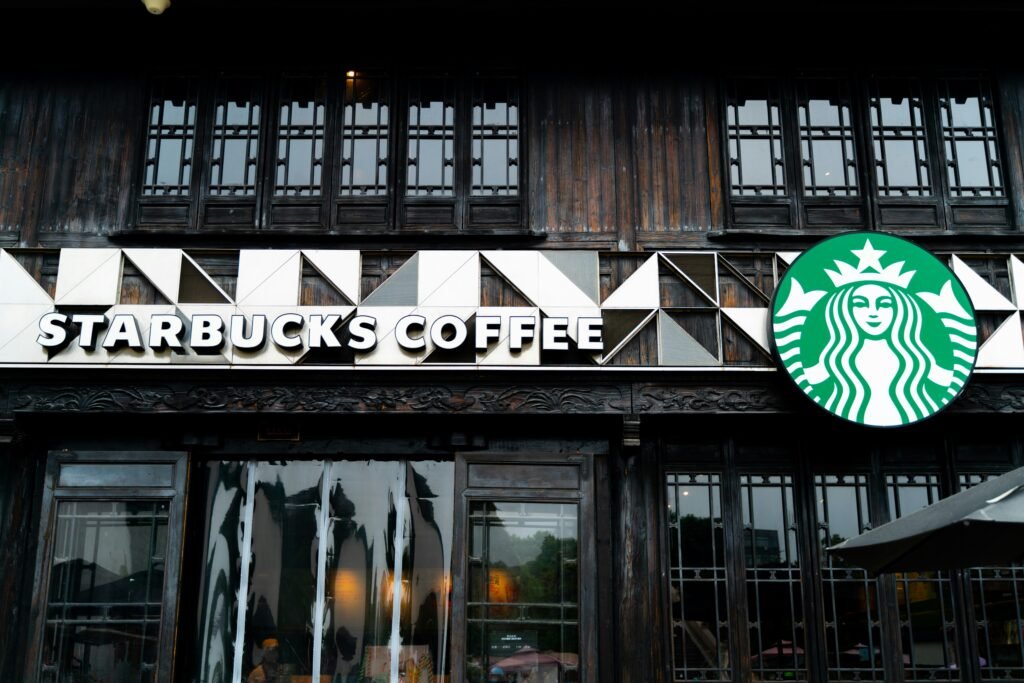The sheer scale of plastic pollution overwhelming our oceans is a daunting environmental crisis. While visible debris floats on the surface, an even greater threat lies hidden beneath the waves. Conventional plastics, including many labeled “biodegradable,” can persist for centuries in the deep sea’s harsh conditions. Nevertheless, a revolutionary discovery now offers a significant ray of hope. Scientists have revealed that specialized plastic eating microbes can break down a new eco-plastic (LAHB) in record time. This incredible finding transforms a previously insurmountable problem into a tangible solution, signaling a potential turning point in our global fight against marine plastic waste.
Plastic Eating Microbes: The Breakthrough Unveiled
Researchers in Japan recently developed a novel, microbially synthesized polyester. Known as poly(D-lactate-co-3-hydroxybutyrate), or LAHB, this innovative material underwent rigorous real-world testing. They submerged LAHB films along with conventional polylactide (PLA) plastic at a depth of 855 meters near Hatsushima Island. This environment presents extreme conditions: low temperatures (around 3.6 °C), high pressure, and limited nutrients. Astonishingly, after just 13 months, the LAHB plastic had lost over 80% of its mass. Conversely, the conventional PLA plastic remained completely intact, showing no signs of degradation whatsoever.
This rapid breakdown was directly attributed to active microbial communities. These communities formed dense biofilms on the LAHB surfaces, with oval- and rod-shaped microbes observed in action. Consequently, this study definitively proves that LAHB can undergo active biodegradation and complete mineralization even on the deep-sea floor. This is a critical development, especially since most bioplastics struggle to degrade effectively in natural marine environments.
The Science of Plastic Eating Microbes
The secret to LAHB’s quick decomposition lies within the specialized plastic eating microbes themselves. Researchers meticulously analyzed the “plastisphere”—the unique microbial community thriving on the plastic’s surface. They identified dominant Gammaproteobacterial genera, including Colwellia, Pseudoteredinibacter, Agarilytica, and UBA7957, as key players. These microorganisms produce specific extracellular enzymes, such as poly(3-hydroxybutyrate) depolymerases. These enzymes initiate the degradation process by breaking down the long polymer chains of LAHB into smaller fragments.
Following this initial enzymatic breakdown, other microbial groups, notably various Alpha-proteobacteria and Desulfobacterota, continue the process. They consume the resulting monomers, like 3HB and lactate. Ultimately, these collaborative microbial communities convert the plastic into harmless byproducts, including carbon dioxide and water. Thus, they ideally return the material safely to the marine ecosystem. This intricate biochemical pathway illustrates nature’s remarkable capacity for bioremediation.
Why This Discovery Matters: Biodegradable Plastic in 2025
The implications of this groundbreaking research are profound for addressing the global plastic crisis. Plastic waste persists in the oceans for hundreds of years, causing immense ecological damage. This new LAHB plastic, therefore, offers a viable alternative to conventional materials. Its proven deep-sea biodegradability makes it an incredibly promising option for creating safer, truly eco-friendly products. This breakthrough is particularly significant for biodegradable plastic 2025 efforts. Current bioplastics often require specific industrial composting conditions to break down, failing to degrade effectively in natural marine settings. LAHB, by contrast, demonstrates robust degradation even in the harsh deep-sea, where much plastic ultimately settles.
Furthermore, this study addresses a critical limitation of existing bioplastics by providing a pathway for a truly circular bioeconomy, ultimately reducing marine plastic pollution. While conventional plastics contribute to harmful microplastic accumulation, LAHB’s complete mineralization prevents such fragmentation. This signifies a major step toward developing materials that fully integrate with natural biogeochemical cycles, safeguarding marine life and vital ecosystems.
Future Horizons for Plastic Eating Microbes
While the discovery that plastic eating microbes can biodegrade LAHB in challenging environments is revolutionary, scaling this solution presents future considerations. Scientists must further investigate the production methods for LAHB to ensure it is economically viable and can be mass-produced sustainably. Additionally, more research is needed to fully understand the long-term ecological impacts of its widespread use and degradation by deep-sea microbial communities.
Nevertheless, this breakthrough represents a monumental leap forward in addressing the global plastic crisis. It underscores the vital role of microbial science in developing innovative environmental solutions. Harnessing the power of the ocean’s own biological cleanup crews could dramatically reduce plastic accumulation. This could ultimately lead to cleaner, healthier marine ecosystems for future generations.
For more news and updates, please visit PFM Today.

